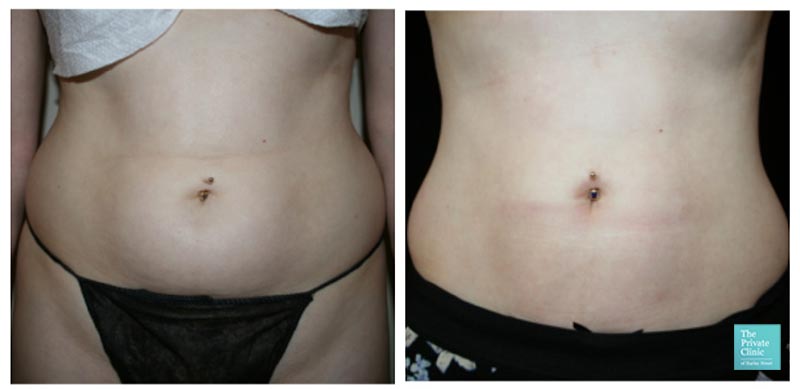
Pregnancy After Liposuction: A Comprehensive Guide
Introduction
Liposuction, a surgical procedure that removes excess fat from specific body areas, has become increasingly popular in recent years. While liposuction can effectively enhance body contour and improve self-esteem, it is essential to consider its potential implications on future pregnancies. This article aims to provide a comprehensive guide to pregnancy after liposuction, exploring the safety concerns, potential risks, and recommended precautions.
Safety of Pregnancy After Liposuction
The safety of pregnancy after liposuction has been a subject of extensive research. Studies have generally shown that liposuction does not adversely affect the ability to conceive or carry a pregnancy to term. However, it is important to note that the safety of liposuction during pregnancy itself has not been established. Therefore, it is strongly recommended to avoid liposuction during pregnancy.
Potential Risks
While pregnancy after liposuction is generally safe, there are certain potential risks to consider:
- Skin Changes: Liposuction can alter the elasticity and texture of the skin. During pregnancy, the skin stretches significantly to accommodate the growing uterus. In areas where liposuction has been performed, the skin may not be able to stretch as effectively, potentially leading to stretch marks or skin laxity.
- Scarring: Liposuction involves making small incisions in the skin. While these incisions are typically small and inconspicuous, they can become more noticeable during pregnancy due to hormonal changes and skin stretching.
- Nerve Damage: Liposuction can occasionally damage nerves in the treated areas. While this is rare, nerve damage can lead to numbness, tingling, or pain. During pregnancy, these symptoms may be exacerbated by hormonal changes and increased pressure on the nerves.
- Fat Redistribution: Liposuction removes fat cells from specific areas. However, during pregnancy, hormonal changes can cause fat to redistribute to other parts of the body, potentially leading to uneven fat distribution or the appearance of new fat deposits.
Recommended Precautions
To minimize the potential risks associated with pregnancy after liposuction, it is crucial to follow these precautions:
- Wait at Least Six Months: It is recommended to wait at least six months after liposuction before attempting to conceive. This allows the body to fully heal and recover from the procedure.
- Consult with Your Doctor: Before planning a pregnancy, consult with your doctor to discuss your liposuction history and any potential concerns. They can assess your individual risk factors and provide personalized advice.
- Manage Weight Gain: During pregnancy, it is essential to manage weight gain within recommended guidelines. Excessive weight gain can put additional strain on the skin and increase the risk of stretch marks.
- Use Skin Care Products: Regularly apply moisturizing and firming skin care products to help maintain skin elasticity and reduce the appearance of stretch marks.
- Wear Support Garments: Wearing support garments during pregnancy can help support the skin and minimize the risk of skin laxity.
Conclusion
Pregnancy after liposuction is generally safe, but it is important to be aware of the potential risks and take appropriate precautions. By waiting an adequate amount of time after liposuction, consulting with your doctor, managing weight gain, using skin care products, and wearing support garments, you can minimize the risks and increase the chances of a healthy pregnancy.
Additional Considerations
- Type of Liposuction: The type of liposuction performed can influence the potential risks. Traditional liposuction, which involves the manual removal of fat, may be associated with a higher risk of skin changes compared to newer techniques such as laser liposuction or ultrasonic liposuction.
- Treated Areas: The areas of the body treated with liposuction can also affect the risks. Liposuction of the abdomen or thighs may have a greater impact on skin elasticity and stretch mark formation compared to liposuction of smaller areas.
- Individual Factors: Individual factors, such as age, skin type, and overall health, can influence the outcome of pregnancy after liposuction. It is essential to discuss your specific circumstances with your doctor to determine the best course of action.
By following these guidelines and working closely with your healthcare provider, you can navigate pregnancy after liposuction safely and confidently.